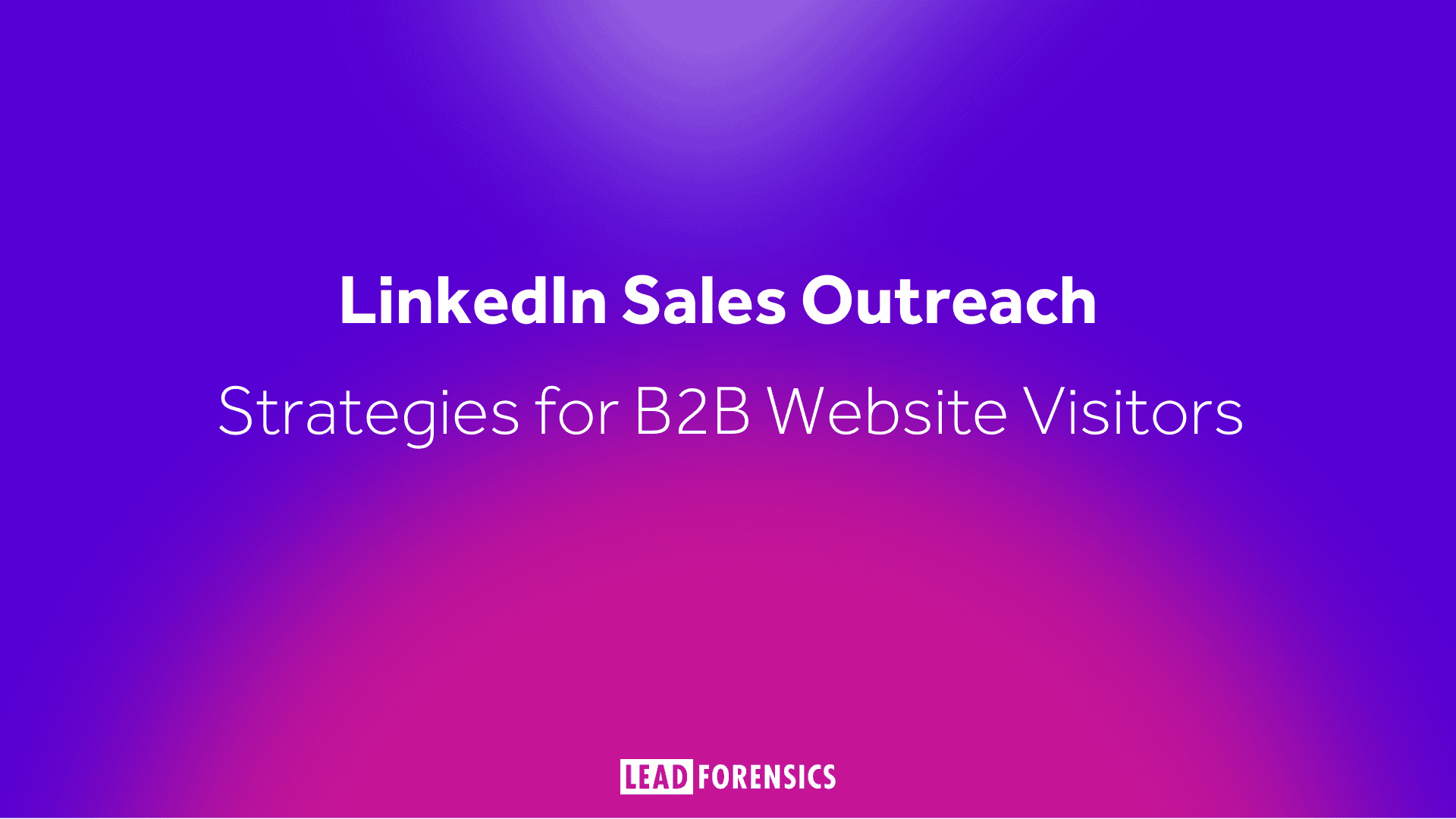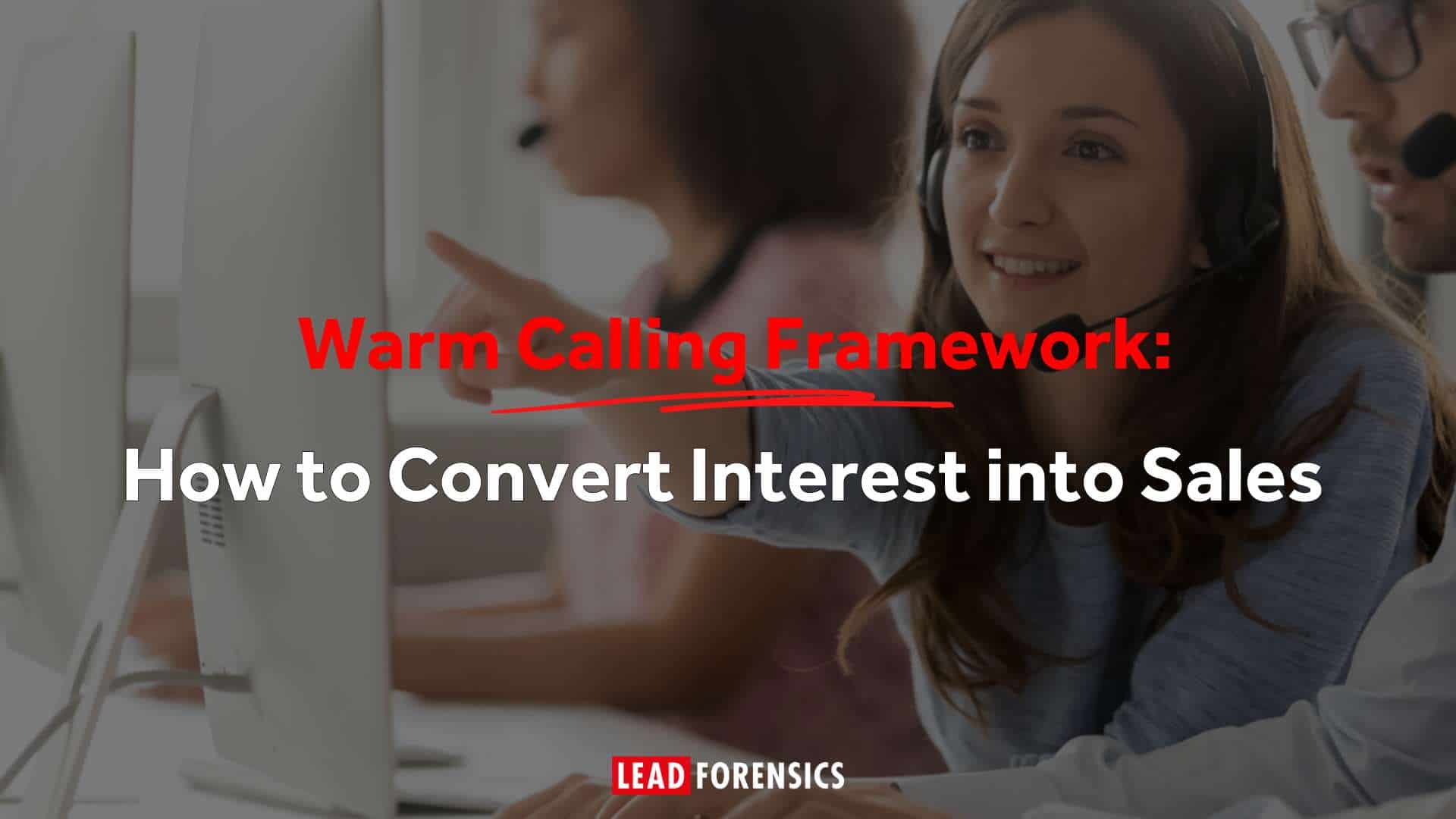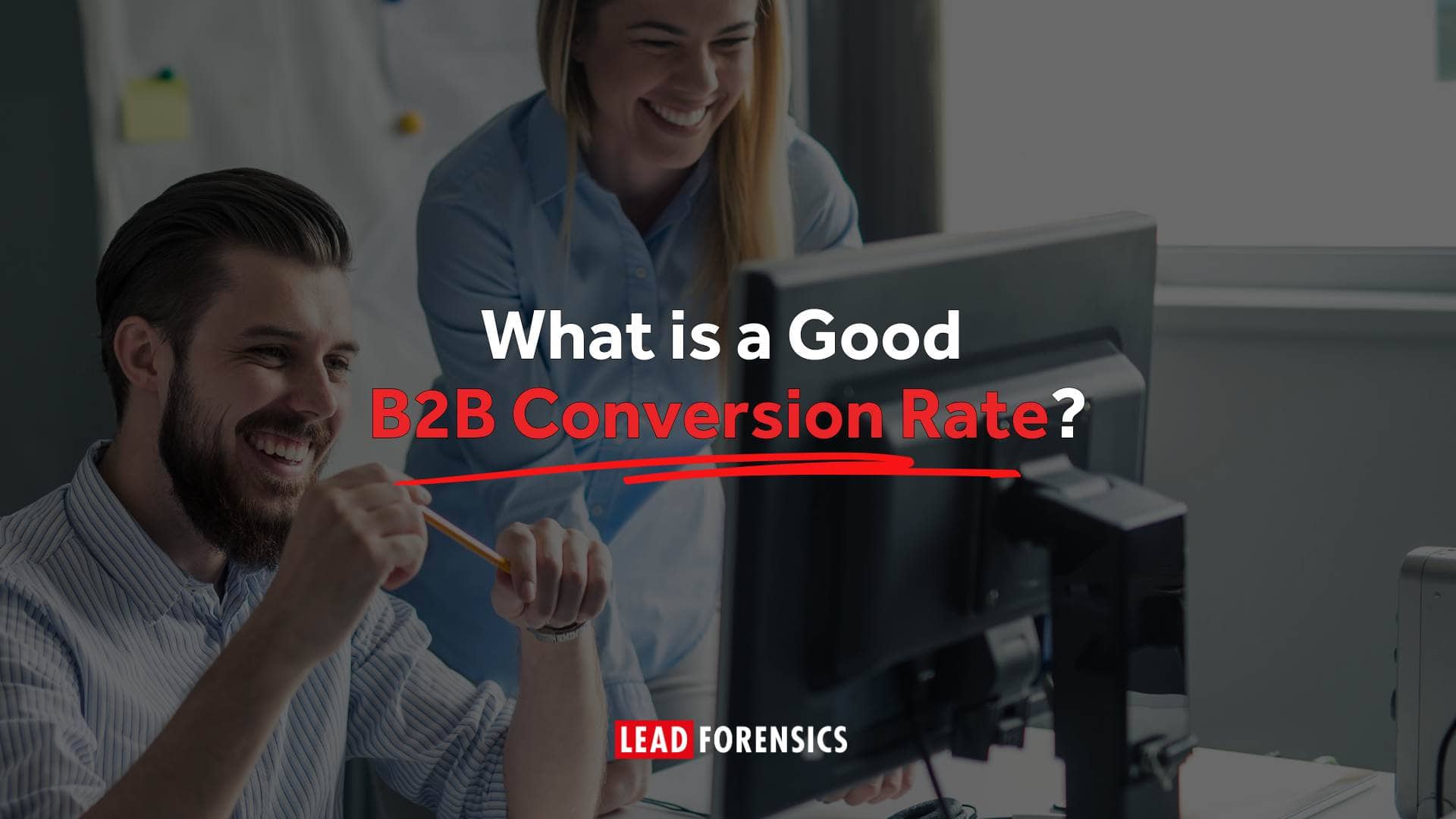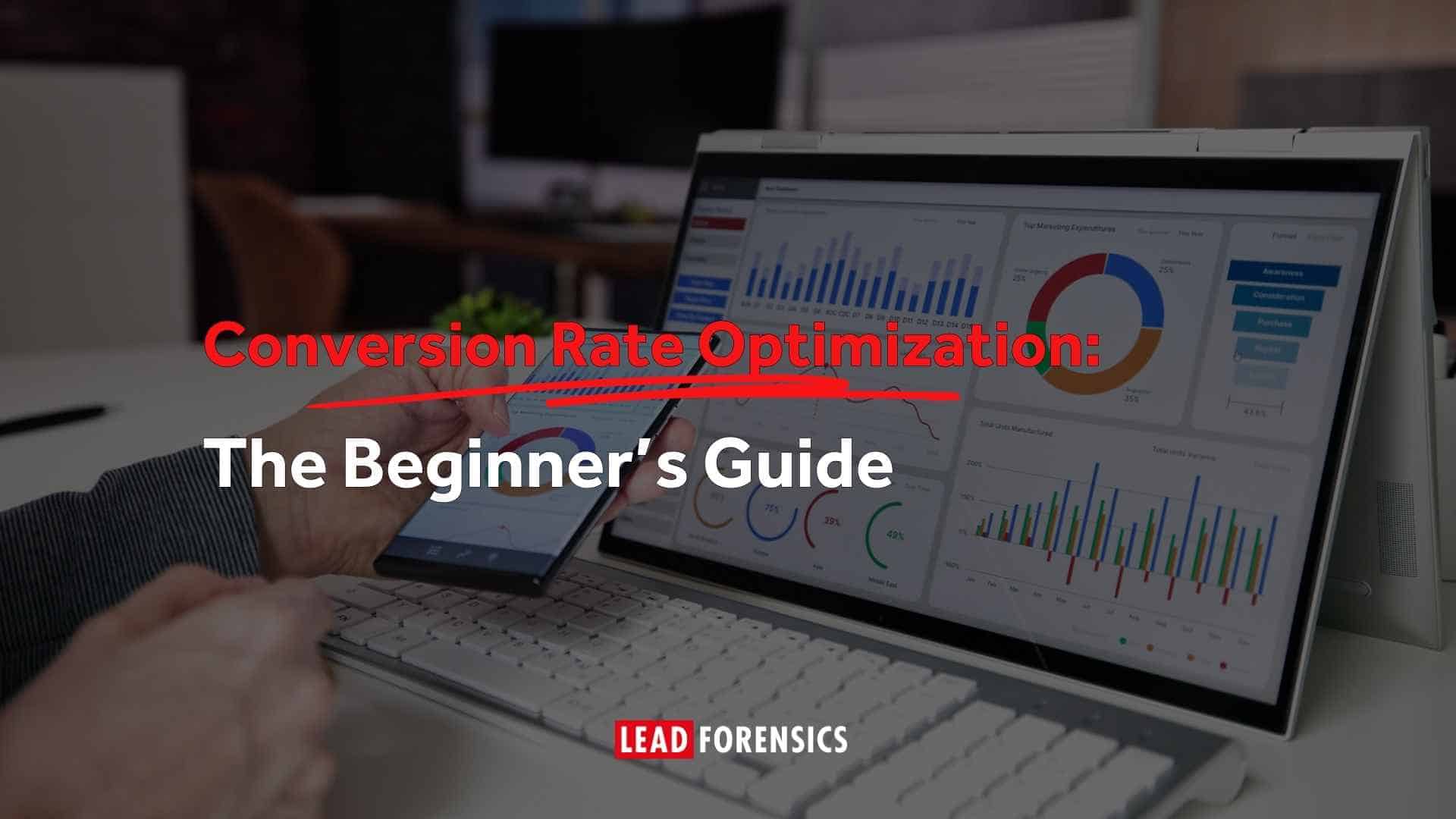But having a great LinkedIn profile or even the perfect pitch isn’t enough. The real game-changer is knowing who to reach out to. That’s where your website comes in. Every visitor to your site is a potential opportunity – they’ve already shown interest by stopping by. What if you could turn that anonymous traffic into meaningful LinkedIn connections? That’s where combining website visitor data with LinkedIn outreach comes into play.
By identifying which companies are visiting your site and reaching out to individuals in a genuine, helpful way on LinkedIn, you can bridge the gap between curiosity and conversation. This isn’t about throwing out a sales pitch to everyone who clicks a link. It’s about creating real engagement with people who are already halfway to becoming your next customer.
In this blog, we’ll take you through how to make this strategy work for your business. From building a killer LinkedIn profile to crafting authentic outreach, you’ll learn how to turn passive website visitors into active, engaged prospects.
Understanding LinkedIn’s Role in Sales
LinkedIn has come a long way from its early days as a recruitment hub. Today, it’s a vibrant business network with over a billion professionals – CEOs, marketers, decision-makers, and innovators – all in one place. It’s become the world’s largest professional marketplace, where conversations spark opportunities and relationships drive business growth.
For sales teams, LinkedIn isn’t just a tool – it’s a treasure trove. As Tom Happé, founder of True Leads, puts it, “LinkedIn is like a live database of professionals ready to engage if approached authentically.” And that’s the key – authenticity. Gone are the days of cold, impersonal outreach. On LinkedIn, building relationships comes first, and the sales will follow.
Whether you’re sharing insights, commenting on industry posts, or messaging potential leads, LinkedIn allows you to connect with the right people at the right time. In short, LinkedIn has evolved into a must-have tool for anyone serious about sales. It’s where your ideal customers are spending their time, so it’s where you need to be, too.
Why Website Visitors Are Your Best Leads
Let’s talk about your website visitors – every click, every page view, every download represents someone who’s already curious about what you offer. These aren’t random people scrolling social media or casually browsing the web – they’ve actively chosen to check out your business. That’s what makes website visitors your hottest leads.
Here’s why: their actions show intent. Visiting your pricing page, reading your blog, or downloading a resource isn’t just accidental behavior – it’s a signal that they’re exploring solutions and that you’re on their radar.
Compare that to third-party intent data, which might tell you a company is interested in a general topic, but not give you specifics about who or what they’re looking for. And let’s be honest, cold outreach? It’s a shot in the dark.
When you focus on website visitors, you’re working with a pool of leads already warmed up and halfway down the sales funnel. They’re the low-hanging fruit of lead generation – ready to engage if approached thoughtfully.
Actionable takeaway: Start with the hottest pool of prospects – those already visiting your website. Use tools to identify them, and then reach out with a targeted, authentic approach that turns their curiosity into a conversation. Why chase cold leads when the warm ones are right there, waiting?
How to Connect the Dots Between Website Visitors and LinkedIn
Identifying your anonymous B2B website visitors is just the beginning – turning that interest into action is where the magic happens. By connecting the dots between which companies are visiting your site and LinkedIn profiles, you can transform anonymous traffic into real, high-value leads.
Start by using tools like Lead Forensics to uncover who’s landing on your website. These tools can identify companies and even recommend decision-makers, giving you a clear starting point for outreach. From there, it’s about matching these visitors to their LinkedIn profiles and building a process to prioritize and engage with the best-fit leads.
This is where your Ideal Customer Profile (ICP) comes into play. Think of your ICP as a filter – it helps you narrow down the website visitors to the ones most likely to convert. Look for roles, industries, or company sizes that align with your business goals, and focus your energy where it matters most.
As Tom Happé, founder of True Leads shared in this webinar, this approach can unlock major opportunities. He recalled closing a high-value enterprise deal by acting on early-stage intent signals from a website visit. By reaching out quickly and authentically, he was able to position his solution before competitors even knew there was interest. The result? A multimillion-pound deal that started with a simple website visit.
The takeaway here is that your website visitors are already showing interest. With the right tools, a clear ICP, and LinkedIn’s vast network, you can meet them where they are – on their terms – and turn curiosity into conversions.
Building a LinkedIn Profile That Attracts the Right Prospects
Your LinkedIn profile is your digital first impression – and it matters more than ever. For sales professionals, it’s not just an online resume; it’s a personal branding tool that can attract the right prospects and open doors to meaningful conversations. If your profile doesn’t reflect who you are and the value you bring, you could be missing out on connections and opportunities.
So, how do you make your LinkedIn profile stand out? Tom Happé sums it up perfectly: “Focus your profile on the value you bring to your prospects, not your job title.” Prospects care less about your career history and more about how you can help them solve their challenges. With that in mind, here are some steps to create a profile that works for you:
Craft a Clear, Value-Driven Headline and Summary
Your headline is often the first thing people see, so make it count. Instead of just listing your title, highlight what you do and who you help. For example, “Helping B2B companies generate qualified leads and scale through LinkedIn” says a lot more than “Sales Manager.” In your summary, go a step further – explain your expertise and how you deliver value in a way that resonates with your target audience.
Showcase Your Expertise Through Content Sharing and Engagement
Your activity on LinkedIn is just as important as your profile itself. Share insightful articles, post updates that reflect your knowledge, and engage with industry-relevant content. This positions you as a thought leader and keeps you visible to your network. Even simple actions, like commenting thoughtfully on others’ posts, can amplify your reach.
Optimize Your Profile for Your Ideal Prospects
Tailor your profile to speak directly to the challenges and goals of your ideal customers. Use language they understand and relate to. Highlight relevant achievements, certifications, or case studies that show how you’ve helped others in similar situations.
Your LinkedIn profile isn’t just about you – it’s about how you can help your prospects. By focusing on their needs and presenting yourself as approachable, knowledgeable, and value-driven, you’ll turn your profile into a powerful prospecting tool. Think of it as your virtual storefront – make it inviting, professional, and built to serve.
Humanizing LinkedIn Outreach
If there’s one thing we’ve all experienced on LinkedIn, it’s the dreaded impersonal message – those generic, automated pitches that hit your inbox seconds after accepting a connection request. They’re not just ineffective – they’re off-putting. The key to successful LinkedIn outreach isn’t automation; it’s authenticity.
So, how do you keep your LinkedIn messages human and engaging? Start by thinking of LinkedIn as a professional event, as Tom Happé suggests: “Treat LinkedIn like a professional event – introduce yourself, build rapport, and ask questions.” You wouldn’t walk up to someone at a conference and launch straight into a sales pitch, so don’t do it online either.
Here’s a simple framework to guide your outreach:
Personalize Your Connection Requests
Don’t settle for the default “I’d like to connect” message. Instead, mention something relevant – maybe a mutual connection, a recent post they shared, or why you’re interested in connecting. A little effort here can make a big difference.
Use a Consultative, Helpful Approach
Once connected, focus on starting a genuine conversation. Ask thoughtful questions about their challenges or share a resource that might help. The goal isn’t to sell – it’s to understand and add value.
Focus on Building Long-Term Relationships
Sales often take time, especially in B2B. Instead of rushing to close, focus on nurturing the relationship. Engage with their content, share insights, and stay top of mind. The sales will come when the time is right.
By keeping your outreach genuine and person-focused, you’re not just connecting – you’re laying the groundwork for a meaningful business relationship. Remember, people buy from people they trust, and trust takes time to build. Be patient, be helpful, and let authenticity do the heavy lifting.
Creating a Consistent Engagement Strategy
Engaging effectively on LinkedIn isn’t about a one-and-done interaction. It’s all about building meaningful connections over time through consistent, thoughtful touchpoints. Research shows that it often takes seven or more interactions before a prospect is ready to engage in a deeper conversation. The good news? LinkedIn offers plenty of ways to make those interactions count.
Here’s how to create a strategy that keeps you on your prospects’ radar in a way that adds value and builds trust:
Comment on Posts
Start simple: engage with your prospects’ content. A thoughtful comment on a post shows that you’re paying attention and can spark a natural conversation. Avoid generic responses like “Great post!” Instead, share your perspective or ask a follow-up question to keep the discussion going.
Share Relevant Content with Personalized Insights
Sharing an article, blog post, or case study isn’t enough. Add your own insights or tie the content back to your prospect’s challenges or goals. For example, “I saw this article on X and thought of you because it aligns with [specific problem or goal]. Would love to hear your thoughts.”
Invite Prospects to Events or Share Resources
Whether it’s a webinar, a product demo, or an industry event, inviting prospects to something valuable can be a great touchpoint. You can also share useful resources like whitepapers, blog posts, or guides – just make sure they’re relevant to the prospect’s interests.
Direct Traffic Back to Your Website
Your LinkedIn activity can serve a dual purpose: engaging with prospects and driving them to your website. For example, include links to relevant landing pages, blogs, or resources in your posts and messages. Once they visit your site, tools like Lead Forensics can help you track their engagement and gain insights into their interests, closing the loop on your outreach efforts.
A Practical Example
Imagine you’ve connected with a prospect who downloaded a whitepaper from your website. Start by engaging with their recent LinkedIn activity – commenting on their post or liking a share. A few days later, share a blog post that aligns with the topic of the whitepaper, adding a personalized note: “Thought this might be helpful as you explore X.” Later, invite them to an upcoming webinar on the same theme. Each touchpoint builds rapport and trust, setting the stage for a productive conversation.
Consistency is key. A steady stream of meaningful interactions shows that you’re genuinely interested in your prospect and their success. It’s not about being pushy; it’s about being present. Over time, these touchpoints will turn cold leads into warm connections – and eventually, into lasting relationships.
Overcoming Common Challenges in LinkedIn Strategies
Building an effective LinkedIn strategy isn’t without its hurdles. Many professionals and businesses face the same roadblocks: lack of time and the fear of imperfection. These challenges can feel overwhelming, but here’s the truth – they don’t have to hold you back.
As Tom Happé wisely advises: “Don’t wait for perfection. Get started with the tools and resources you have.” Here’s how to tackle the most common obstacles head-on:
Lack of Time
We get it – your schedule is packed, and LinkedIn might not feel like a top priority. But the truth is, even a few intentional minutes a day can make a difference. Start small:
- Spend 10 minutes each morning connecting with new prospects.
- Dedicate 5 minutes to engaging with posts in your feed.
- Block 30 minutes weekly to share a thoughtful post or article.
LinkedIn isn’t about perfection; it’s about consistency. Build it into your routine, and over time, those small actions will compound into big results.
Fear of Imperfection
One of the biggest blockers? The fear of getting it wrong. What if your profile isn’t perfect? What if your outreach message isn’t flawless? Here’s the reality: prospects value authenticity over perfection. Focus on being genuine, helpful, and human. Mistakes are part of the process, and most people will appreciate your effort to connect rather than judge the minor details.
The Bottom Line
Perfect conditions rarely exist in sales and marketing. If you wait for the stars to align – for the perfect profile, or the perfect messaging – you’ll miss the opportunities right in front of you. Start where you are, use the tools and resources available to you, and build from there.
It’s not about having everything in place; it’s about taking action with what you have. Whether it’s sending your first LinkedIn connection request or identifying website visitors with a tool like Lead Forensics, the key is to begin. Momentum will take care of the rest.
Long-Term Benefits of Combining LinkedIn and Website Visitor Insights
Imagine having a pipeline of qualified leads that doesn’t just sustain your business – it fuels its growth over the long term. That’s exactly what you can achieve by combining LinkedIn outreach with website visitor insights. This approach goes beyond quick wins, setting you up with a scalable and sustainable lead-generation strategy.
Here’s how it works:
Building a Sustainable Pipeline of Qualified Leads
Website visitor insights allow you to focus on leads that are already showing interest in your business. By connecting with them on LinkedIn, you’re targeting prospects who are further down the funnel, increasing the likelihood of engagement. Over time, this strategy creates a steady flow of qualified leads who are genuinely interested in what you have to offer.
On LinkedIn, these interactions don’t exist in isolation. Each connection, message, or comment lays the groundwork for future opportunities. You’re effectively doubling down on a pool of prospects that are already primed for conversion.
The Flywheel Effect
Consistency is key to long-term success, and combining LinkedIn with website visitor insights creates a flywheel effect. What’s a flywheel? It’s a business model where momentum builds over time, making every action more effective and efficient than the last.
Here’s how it plays out:
More Connections, More Reach: As your LinkedIn network grows with ideal prospects, your content reaches a wider, more relevant audience. Each new connection amplifies the impact of your posts, comments, and messages.
Better Targeting: With insights from your website visitor data, your outreach becomes more focused and effective, ensuring you’re investing your energy in leads that matter.
Compounding Value: Each interaction builds on the last. A connection today could become a conversation next month and a closed deal a few months down the line.
This flywheel effect means your strategy becomes self-reinforcing. The more consistently you engage, the more traction you gain – and the more efficient your lead-generation efforts become.
Conclusion
LinkedIn and your website are a powerhouse duo for driving sales and building meaningful connections. By using your website as a lead generator and LinkedIn as your engagement platform, you can create a seamless, effective strategy that turns curiosity into conversations and conversions.
Build an authentic personal brand that resonates with your prospects. Your profile should reflect the value you bring and position you as approachable, knowledgeable, and ready to help. Combine that with consistent, thoughtful outreach, and you’ll see your efforts pay off.
Ready to see the difference? Tools like Lead Forensics can help you identify your anonymous B2B visitors, giving you the insights you need to fuel your LinkedIn strategy. Start now and build the momentum that will drive your pipeline forward. Your next big opportunity could be visiting your website today – don’t miss the chance to turn that visit into a connection!







